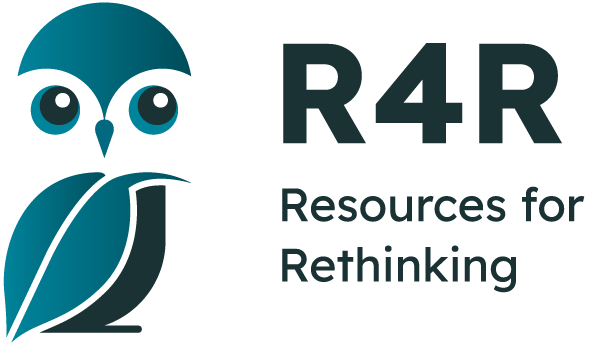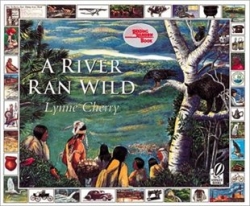- Home
- Tutorial
- Resource Guides
- Focus Areas
- LSF Programs
-
Professional
Development - Review Process
-
A project of LSF

Search for Resources
Description
This book is the true story of the environmental history of the Nashua River in Massachusetts. Almost 7000 years ago the Algonquin people discovered the beautiful river valley, along with its abundant natural resources. They settled along the river which they named the "Nash-a-way" or the "River With a Pebbled Bottom". The clean sparkling waters provided fish and drinking water. The Algonquin were able to grow bountiful crops on the rich floodplain, and the forests provided abundant food. In turn, the Algonquin community respected and revered the river, ensuring they did nothing to damage its pristine waters.
Then one day European settlers arrived in the area and cleared large tracts of land, built sawmills along the river and trapped all of the large animals for their pelts. The Algonquin people were dismayed by the damage to the river and fought with the Europeans. Finally, war broke out and the First Nations people were driven away from the land they loved so much. The river now known as the Nashua became the property of the European settlers. Even more damage was done to the Nashua with the advent of the industrial revolution. Dams blocked the river and industrial waste poured into the water. Sick and dying, the river no longer provided habitat for fish, birds and other animals.
Then one day a First Nations elder had a dream about a river that becomes clean again. He shares his experience with his friend Marion who had the same vision. Marion took on the cause and rallied the people, explaining how they could work together to restore the river to its pristine state. In a testament to community engagement the people succeeded, and the river became clean and bright. Once again the Nashua can be called "The River With the Pebbled Bottom".
Click here for more information regarding the author's books, school visits, or teaching resources.
General Assessment
Recommendation of how and where to use it
This book would be inspirational as an introduction to a unit on civic engagement, where students develop actions they can implement to help the environment. As a companion to action based school projects such as Yellow Fish Road the story clearly demonstrates how even one person can make a difference.
After reading the book students could research if there are any similar examples of watershed habitat loss in their own communities. If they find examples, they can identify what could be done on a local level to help conserve freshwater habitat. The class could intiate civic projects such as letter writing to local politicians to express their concerns.
The story also addresses human rights issues such as the United States Indian Removal Act of 1830 where tens of thousands of First Nations were removed from their land. Students could learn more about the history of this event and compare it to similar events in Canadian history such as the expulsion of the Acadians. They could do a project where they write about the impacts of these types of measures on the people and their communities.
This book would also make a great introduction to a social studies project about rivers. Students can learn more about the main characteristics of a river in their community and examine the relationship between the river and the humans that live along its banks.
Relevant Curriculum Units
The following tool will allow you to explore the relevant curriculum matches for this resource. To start, select a province listed below.
- Step 1Select a province
- Alberta
- Step 2Select a grade level
- Grade 3
- Step 3Select a subject
- Science
- Step 4Relevant matches
- Earth Systems: Understandings of the living world, Earth, and space are deepened by investigating natural systems and their interactions
- Grade 4
- Step 3Select a subject
- Science
- Step 4Relevant matches
- Earth Systems: Understandings of the living world, Earth, and space are deepened through investigating natural systems and their interactions.
- British Columbia
- Manitoba
- Step 2Select a grade level
- Grade 3
- Step 3Select a subject
- Indigenous Languages and Cultures
- Step 4Relevant matches
- Cultural and Linguistic Diversity: Cultural Diversity
- Cultural and Linguistic Diversity: Other Cultures: Connections and Influences
- Cultural and Linguistic Diversity: Specific Aboriginal Culture
- Grade 4
- Step 3Select a subject
- Indigenous Languages and Cultures
- Step 4Relevant matches
- Cultural and Linguistic Diversity: Cultural Diversity
- Cultural and Linguistic Diversity: Other Cultures: Connections and Influences
- Cultural and Linguistic Diversity: Specific Aboriginal Culture
- Science
- Step 4Relevant matches
- Habitat and Communities
- Life Systems
- Grade 5
- Step 3Select a subject
- Indigenous Languages and Cultures
- Step 4Relevant matches
- Cultural and Linguistic Diversity: Cultural Diversity
- Cultural and Linguistic Diversity: Other Cultures: Connections and Influences
- Cultural and Linguistic Diversity: Specific Aboriginal Culture
- New Brunswick
- Newfoundland & Labrador
- Northwest Territories
- Step 2Select a grade level
- Grade 3
- Step 3Select a subject
- Indigenous Languages and Cultures
- Step 4Relevant matches
- Dene Kede: The Land
- Science
- Step 4Relevant matches
- Science 3: Wind, water, and ice change the shape of the land.
- Grade 4
- Step 3Select a subject
- Indigenous Languages and Cultures
- Step 4Relevant matches
- Dene Kede: The Land
- Grade 5
- Step 3Select a subject
- Indigenous Languages and Cultures
- Step 4Relevant matches
- Dene Kede: The Land
- Nova Scotia
- Nunavut
- Step 2Select a grade level
- Grade 4
- Step 3Select a subject
- Indigenous Languages and Cultures
- Step 4Relevant matches
- Relationship to the Environment
- Science
- Step 4Relevant matches
- Life Systems: Habitats & Communities
- Ontario
- Step 2Select a grade level
- Grade 4
- Step 3Select a subject
- Science & Technology
- Step 4Relevant matches
- Life Systems: Habitats and Communities
- Prince Edward Island
- Quebec
- Step 2Select a grade level
- Grade 3
- Step 3Select a subject
- Science & Technology
- Step 4Relevant matches
- Living Things
- Grade 4
- Step 3Select a subject
- Science & Technology
- Step 4Relevant matches
- Living Things
- Saskatchewan
- Yukon Territory
Themes Addressed
Citizenship (1)
- Community-Building and Participation
Ecosystems (1)
- Habitat Loss
Human Rights (1)
- Cultural Diversity
Indigenous Knowledge (2)
- Rituals, Spirituality and Worldviews
- TEK -- Traditional Ecological Knowledge
Land Use & Natural Resources (1)
- Habitat Restoration
Water (2)
- Water Quality
- Watershed Protection

